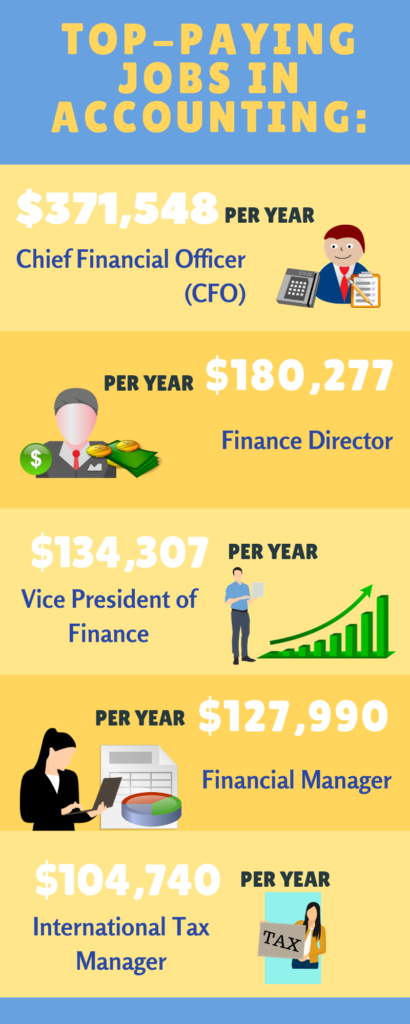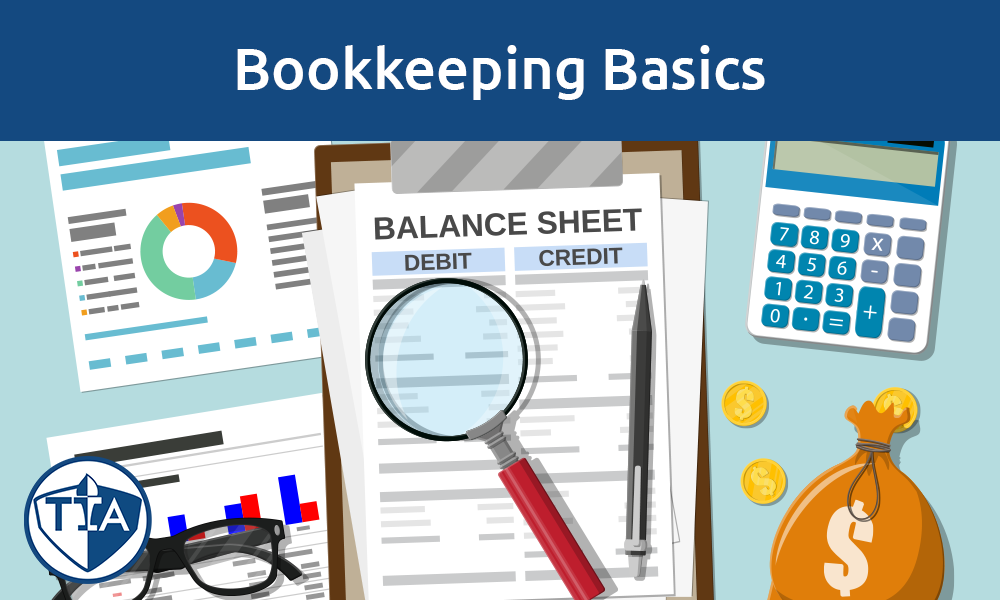
There are a few reasons that you might wish to update or modify your chart. One reason for this is to make sure your account information is well-organized. This article will discuss a few tips to make your chart of accounts more professional. It will also help you understand the effects of subledgers on your accounts.
Editing a chart of accounts
Editing a chart allows you to modify certain properties of an account. These properties include the account name and the category it falls under. You can also add account number to an account. This can be done in the Account window. However, it is much easier to do in the Chart of Accounts.

Click the account's name to modify its name. The new name will prompt you to enter, then click OK. Once you have completed the changes, click on Save. The Chart of Accounts screen should now be open.
Before you can edit a chart, ensure you have entered the appropriate account numbers. You can easily do this by turning on the Advanced tab of your Settings dialog box. After you have enabled this feature, go to the Chart of Accounts page. Click the Batch Edit button located in the Number column to edit your account numbers. You'll need to save your changes using the Save buttons at the top and bottom of the page.
Modifying a chart
You can edit the Chart Of Accounts in QuickBooks Desktop by clicking on the Account button, then selecting Edit. In the upper right corner, you'll see a Number box. Click the blue Save and Close button to enter your account number. For any questions, contact a professional.
It can be complicated to update a chart or accounts. However, it is possible to do it in just a few months. This will make a difference in financial reporting and your overall financial performance. Most companies only set up their chart of accounts once every decade or so. As such, outsourcing a project like a chart remodel could be a good option.

It is important to be cautious when changing a chart of accounts. The business chart of accounts should be designed keeping in mind three main financial statements: the income statement and cash flow statement. These financial statements are meant to reflect the income and expense accounts for a business. However, if the business has multiple accounts and sub accounts, the chart will not be as useful. Therefore, it's essential to find the most effective structure for your chart of accounts.
FAQ
What should I expect from an accountant when I hire them?
Ask questions about their experience, qualifications, references, and other relevant information when hiring an accountant.
It is important to find someone who has done this before, and who knows what he/she's doing.
Ask them for any specific skills or knowledge that they might have that you would find helpful.
Look for people who are trustworthy in your community.
Accounting: Why is it useful for small-business owners?
Accounting is not only for large businesses. It's also useful for small business owners because it helps them keep track of all the money they make and spend.
You likely already know how much money you get each month if your small business is profitable. But what if you don't have an accountant who does this for you? You might be wondering about your spending habits. It is possible to forget to pay your bills on a timely basis, which can negatively affect your credit rating.
Accounting software makes it simple to track your finances. There are many options. Some are free while others cost hundreds to thousands of dollars.
However, regardless of the type of accounting software you choose, you will need to be familiar with its basics. It will save you time and help you understand how to use it.
These are the three most important tasks you should know:
-
You can enter transactions into your accounting system.
-
Keep track of incomes and expenses.
-
Prepare reports.
Once you've mastered these three things, you're ready to start using your new accounting system.
What is the difference between accounting and bookkeeping?
Accounting studies financial transactions. Bookkeeping is the documentation of such transactions.
These are two related activities, but separate.
Accounting is primarily about numbers while bookkeeping is primarily about people.
To report on the financial health of an organization, bookkeepers must keep track of financial information.
They make sure all of the books balance by adjusting entries in accounts payable, accounts receivable, payroll, etc.
Accountants analyze financial statements to determine whether they comply with generally accepted accounting principles (GAAP).
If they are unsure, they might recommend changes in GAAP.
So that accountants can analyze the data, bookkeepers keep records about financial transactions.
What's the difference between a CPA or Chartered Accountant?
Chartered accountants are professional accountants who have passed the required exams to earn the designation. A chartered accountant is usually more experienced than a CPA.
A chartered accountant also holds himself out as being able to give advice regarding tax matters.
The average time to complete a chartered accountancy program is 6-8 years.
How can I find out if my business needs an accountant
Companies often hire accountants once they reach certain sizes. If a company has $10 million annual sales or more, it will need one.
However, some companies hire accountants regardless of their size. These include sole proprietorships or partnerships, small firms, corporations, and large companies.
The size of a company doesn't count. The only thing that matters is whether the company uses accounting systems.
If it does, then the company needs an accountant. It doesn't if it doesn't.
Statistics
- In fact, a TD Bank survey polled over 500 U.S. small business owners discovered that bookkeeping is their most hated, with the next most hated task falling a whopping 24% behind. (kpmgspark.com)
- a little over 40% of accountants have earned a bachelor's degree. (yourfreecareertest.com)
- The U.S. Bureau of Labor Statistics (BLS) projects an additional 96,000 positions for accountants and auditors between 2020 and 2030, representing job growth of 7%. (onlinemasters.ohio.edu)
- a little over 40% of accountants have earned a bachelor's degree. (yourfreecareertest.com)
- "Durham Technical Community College reported that the most difficult part of their job was not maintaining financial records, which accounted for 50 percent of their time. (kpmgspark.com)
External Links
How To
How to do your bookkeeping
There are many types of accounting software available today. Some cost money while others are free. Most accounting software has basic features, such as invoicing. The following is a brief overview of the most widely used types of accounting software.
Free Accounting Software: Free accounting software is usually offered for personal use only. While it might not be as functional as you would like (e.g. you cannot create reports), the software is usually very simple to use. Many programs are free and allow you to save data to Excel spreadsheets. This is useful if you need to analyze your own business numbers.
Paid accounting software: Paid accounts can be used by businesses with multiple employees. They typically include powerful tools for managing employee records, tracking sales and expenses, generating reports, and automating processes. While most paid programs require a subscription fee for at least one-year, many companies offer subscriptions that last just six months.
Cloud Accounting Software: Cloud accounting software allows you to access your files anywhere online, using mobile devices such as smartphones and tablets. This type of program has become increasingly popular because it saves you space on your computer hard drive, reduces clutter, and makes working remotely much easier. It doesn't require you to install additional software. You only need an internet connection and a device that can access cloud storage services.
Desktop Accounting Software: Desktop accounting software is similar to cloud accounting software, except that it runs locally on your computer. Desktop software allows you to access your files anywhere, even via mobile devices, just like cloud software. However, unlike cloud-based software, desktop software must be installed on your computer before it can be used.
Mobile Accounting Software - Mobile accounting software is specially designed for small devices such as smartphones and tablets. These programs enable you to manage your finances even while you're on the move. Typically, they provide fewer functions than full-fledged desktop programs, but they're still valuable for people who spend a lot of time traveling or running errands.
Online Accounting Software: This online accounting software is intended primarily for small business. It contains all the functions of a traditional desktop application, as well as some additional features. The best thing about online software is the fact that it does not require installation. You simply log in to the site to start the program. Another advantage is the fact that you will save money because you won't have to go to a local office.